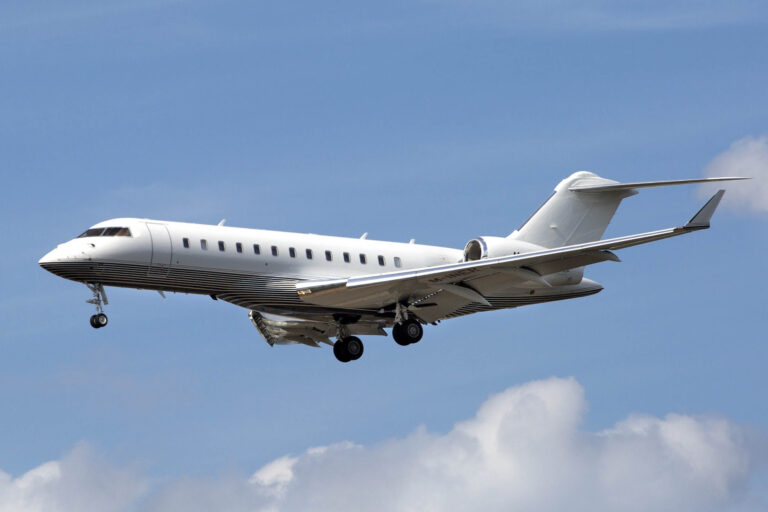Why do Private Jets fly higher?
Private jets often fly at higher altitudes than commercial airliners for several reasons, each contributing to the overall efficiency and experience of private air travel.
Enhanced Flight Efficiency and Speed
At higher altitudes, the air is thinner, which reduces air resistance or drag on the aircraft. This reduction in drag allows private jets to achieve higher speeds while using less fuel, making their operation more efficient. The cruising altitude for most private jets ranges between 41,000 and 45,000 feet, significantly above the typical cruising altitude of commercial airliners, which is around 35,000 feet. By flying higher, private jets can often travel faster than commercial aircraft, providing a time-saving advantage which is particularly beneficial for business travellers.
Improved Ride Comfort
Another significant advantage of higher altitudes is the reduced turbulence. The lower levels of the atmosphere are more prone to weather disturbances and turbulent air, which can lead to a bumpier ride. By ascending to higher altitudes, private jets can avoid many of these disturbances, offering a smoother, more comfortable flight experience for passengers.
Avoiding Air Traffic
Commercial air traffic primarily occupies altitudes below 40,000 feet. By flying higher, private jets can avoid congested airways, leading to more direct routes and less likelihood of delays caused by air traffic. This ability to avoid busier airspace not only contributes to a smoother flight but also aids in maintaining strict schedules, a crucial factor for many private jet users.
Operational Flexibility
Private jets are typically smaller and more agile than larger commercial aircraft, allowing them to climb to higher altitudes more quickly after takeoff and descend more rapidly before landing. This flexibility enables private jets to utilize a wider range of airports, many of which may be inaccessible to larger commercial planes. This aspect is particularly beneficial when flying to remote or less-serviced locations, offering passengers more direct access to their final destinations.
Safety Considerations
Higher altitudes provide pilots with more time and space to address any in-flight emergencies or system malfunctions before initiating a descent. This added buffer can be crucial for ensuring passenger safety in the rare event of an emergency.
Conclusion
The capability of private jets to fly at higher altitudes is a key factor that sets them apart from commercial airliners. This feature translates into numerous benefits, including greater efficiency, speed, comfort, and flexibility, underlining why private jet travel is often preferred by those seeking a premium air travel experience.





